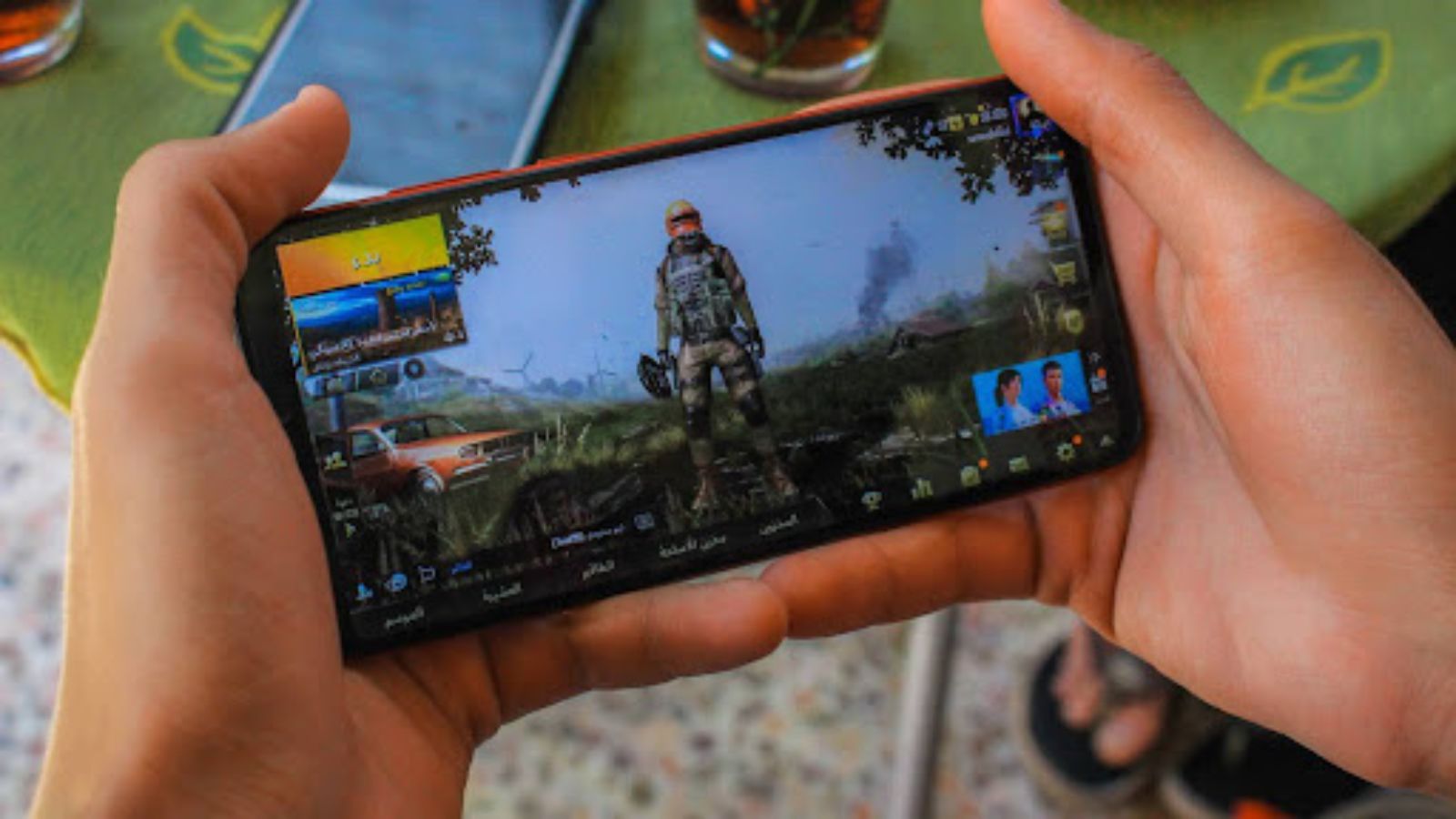The video game industry releases new games just about every week. And whether they’re endearing, cozy, action-packed, nostalgic, funny, or downright silly, someone’s bound to want to play them. But there are a few standout titles that have come out over the years that have captivated the world and changed the trajectory of gaming forever. They’ve managed to retain their relevance through groundbreaking gameplay, engaging world-building, accessible mechanics, cultural impact, and a strong community.
Whatever it is, these game developers did something right and have managed to keep players coming back all these years. Considering newer games rely on cutting-edge graphics and techniques like gamification to reel players in—similar to how one might discover the 1000 euro bonuses on casinos.com—while most these classic games are still enjoyed in their original retro forms, that’s quite an impressive feat! On that note, here are seven video game titles that have proven their staying power.
Tetris (1984)
With such a simple premise, this puzzle game has an unlimited audience base, catering to players of different generations, backgrounds, and skill levels. Players simply have to rotate and fit falling blocks together to form complete lines, which is simple enough for anyone to get the hang of.
The gameplay loop is effectively addictive, making the game infinitely replayable, as there’s no true end. There aren’t any storylines or advanced controls, and the game can be played on just about any console out there. It’s managed to create a real legacy that will never die, even becoming a top competitive gaming title that has propelled Tetris to legendary status.
Super Mario Bros. (1985)
Super Mario Bros. is among the most iconic games in video game history. It’s a whimsical side-scroller that lets players control a plumber named Mario, collect power-ups, navigate each level, and fight its many enemies in order to save Princess Peach. Many will instantly recognize the game from a picture of the characters or the interactive elements like green warp pipes and yellow secret blocks.

And it’s no surprise, considering the franchise has become an integral part of video game culture as one of the first successful console games and a mainstay in pop culture, expanding into TV, movies, theme parks, merchandise, and more. The side-scrolling Mario format has been replicated in many subsequent games, including the most recent Super Mario Wonder, released in 2023.
The Legend of Zelda (1986)
While we’ve been blessed with countless open-world exploration games in recent times, The Legend of Zelda was the first to really put them on the map. It combined the fun of puzzle-solving with the freedom of discovering a carefully curated world under the epic tale of Link and Zelda. These stories are so rich that they’ve been explored through the franchise’s many installments, providing fresh lore while staying true to its foundations. What’s most unique about the series is that fans can enjoy different art styles, like the chibi style in Link’s Awakening and the soft realism of Breath of the Wild, all while immersing themselves in a consistent iconic gameplay experience.
Mario Kart 64 (1996)
Mario Kart managed to become the most popular racing game ever to exist, likely because it doesn’t conform to the traditional racing game formula. Instead of the realistic, technical driving gameplay, it makes racing fun and creative, with stripped-down steering mechanics, ramps, power-ups, and innovative maps that range from traditional racecourses to somebody’s bathroom. While Mario Kart 64’s graphics seem quite outdated nowadays, the versions that have been released on later Nintendo consoles provide the same core experience but with much better visuals.
Pokémon Red/Blue (1996)
Pokémon Red and Blue were the first RPG-style Pokémon games, allowing players to catch Pokémon, engage in battles, explore, and collect—a premise that is mimicked in other Pokémon titles. This RPG concept charmed both existing Pokémon fans and those who were curious.
Players could completely immerse themselves in the game world but also engage in a social experience by trading Pokémon and battling other players. These games helped grow Pokémon into a cultural phenomenon, just like Super Mario Bros. With new games like Pokémon Trading Card Pocket and Pokémon Scarlett and Violet, the franchise doesn’t look like it’ll slow down—ever.

The Sims (2000)
The Sims is part of a larger series that includes SimCity, a city-building simulation game. While SimCity certainly has its fans, The Sims overtook its popularity as players could practically assume the role of God, taking full control of Sim families. They could now build homes to their liking, watch their Sims age and go through various life stages, pursue careers, manage their daily lives, start their own families, and more. Expansion packs allowed players to access more furniture, use more build-mode items, explore different career paths, and try out new interactions. The last Sims installment was The Sims 4 in 2014, which is still widely successful today thanks to its many expansions and stuff packs. With so many influencers and streamers supporting The Sims, it’s helped keep it in the spotlight.
Grand Theft Auto V (2013)
The Grand Theft Auto franchise is known for being wild, crazy, and exciting. Its iconic fictional cities and interesting characters have intrigued gamers since the beginning of the series. But one installment, in particular, is absolutely beloved by the fanbase—Grand Theft Auto V. Released long ago in 2013, it seems like people have never gotten sick of replaying the game. Besides the single-player story, fans particularly enjoy the online multiplayer mode, where they can freely roam and participate in a variety of game modes.
